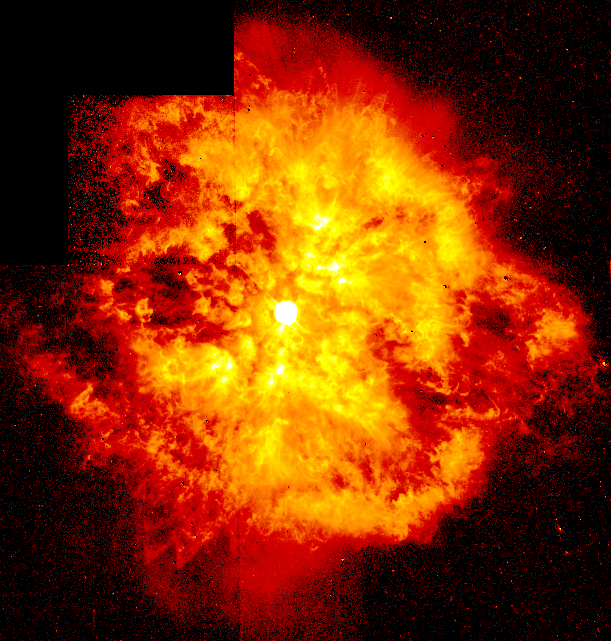EMPIRE
by Michael J Watkins
We were nearly a kilometer from the LEM when I saw the ships.
We set the Lunar Module down on the eastern edge of Copernicus, a few kilometers from the inner walls. Copernicus is ninety kilometers across, a beautiful ray crater on the Ocean of Storms. Take a look at the Moon one night. The huge dark region covering a quarter of the Moon's surface is the Oceanus Procellarum, the Ocean of Storms. The ocean is dark because it's a flat expanse of basalt, a lava flood plain the size of the Mediterranean.
On the edge of the Ocean of Storms, just northwest of the Moon's center, you'll see a white point. Bright rays streak across the dark sea. The white point is the crater Copernicus, and the rays are ejecta. The impact that formed Copernicus sent debris flying eight hundred kilometers across the face of the Moon.






